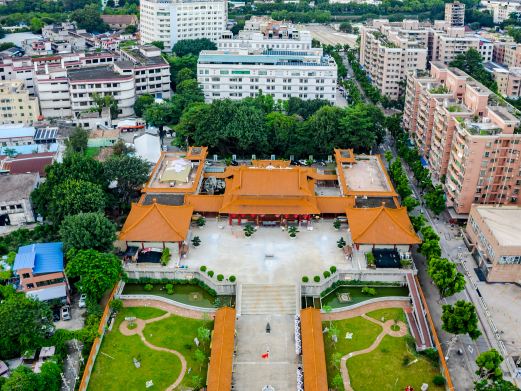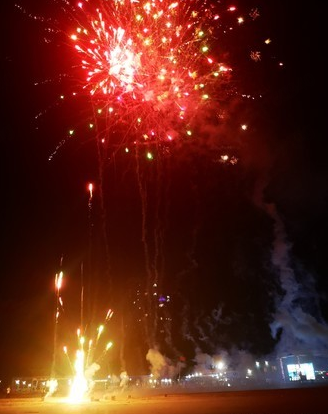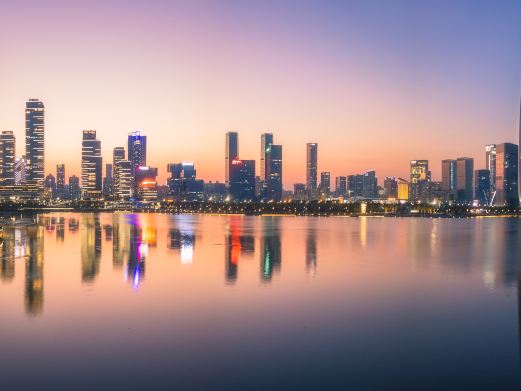The Kaiyuan Temple is located on West Street, Licheng District, Quanzhou City. It was built in the second year of Chuigong during the reign of Empress Wu Zetian in the Tang Dynasty. It has a history of more than 1,300 years. It is an important cultural relic and historic site on the southeast coast of China and also a large Buddhist temple in Fujian Province. The scenic spots of the Kaiyuan Temple are arranged along the central axis, including the worship pavilion, worship courtyard, Mahavira Hall, Sangpeng historic site, Kanlu Precept Altar, and Sutra Depository. In addition, there are stone towers on the east and west sides and corridors on the east and west sides. The Heavenly King Hall is also the mountain gate of the Kaiyuan Temple. The existing building was built in 1925. The upper and lower ends of the stone pillars are slightly thinner, and the middle part is thicker, in the shape of a shuttle, which is the style of stone pillars in the Tang Dynasty. There is also a wooden couplet hanging on the stone pillars, ‘This place is called the Buddhist kingdom, and the streets are full of saints.’ This was written by Zhu Xi, a great neo-Confucianist in the Southern Song Dynasty, and written by Master Hongyi, a famous monk in modern times. Crossing the mountain gate is the worship pavilion. Standing here, you can see the two towers on the east and west rising abruptly and the spacious and bright corridors on the east and west symmetrically arranged on both sides. The two towers on the east and west are the more famous scenic spots of the Kaiyuan Temple. The east one is the ‘Zhenguo Tower’, and the west one is the ‘Renshou Tower’. They are more than 40 meters high. They are a pair of very high stone towers in China and also the symbol and symbol of Quanzhou ancient city. In front of the worship pavilion is a large stone courtyard, which is used for officials and people in ancient and modern times to worship and hold activities. It is especially lively when there are activities. On both sides of the stone courtyard are eight large banyan trees. Under the trees are arranged 11 ancient sutra pillars and small stupas in different forms from the Tang, Song and Ming Dynasties, as well as two Bixi. Then there is the main building, the Mahavira Hall. The Mahavira Hall also has an elegant name of ‘Hundred-Pillar Hall’. Originally, it was planned to set up one hundred pillars in the whole hall. Later, in order to place Buddhist statues and make room for Buddhist worship, the purlins were lengthened and the pillars were reduced, becoming the ‘Hundred-Pillar Hall’ with 86 pillars.
The opening hours are from 06:30 to 17:00 all year round. The closing time is 17:40 every day.Quanzhou Kaiyuan Temple
The Kaiyuan Temple is located on West Street, Licheng District, Quanzhou City. It was built in the s[...]









